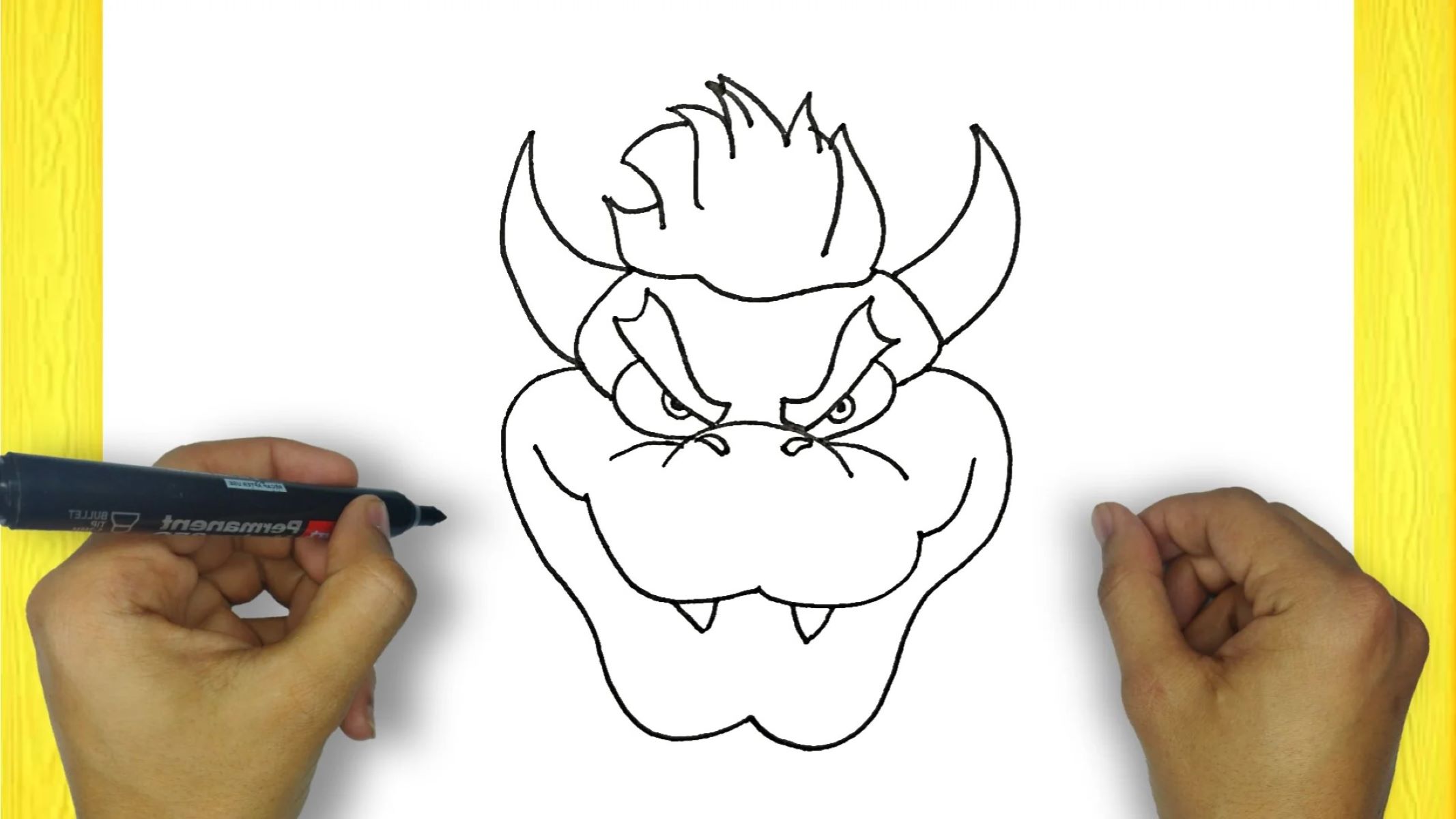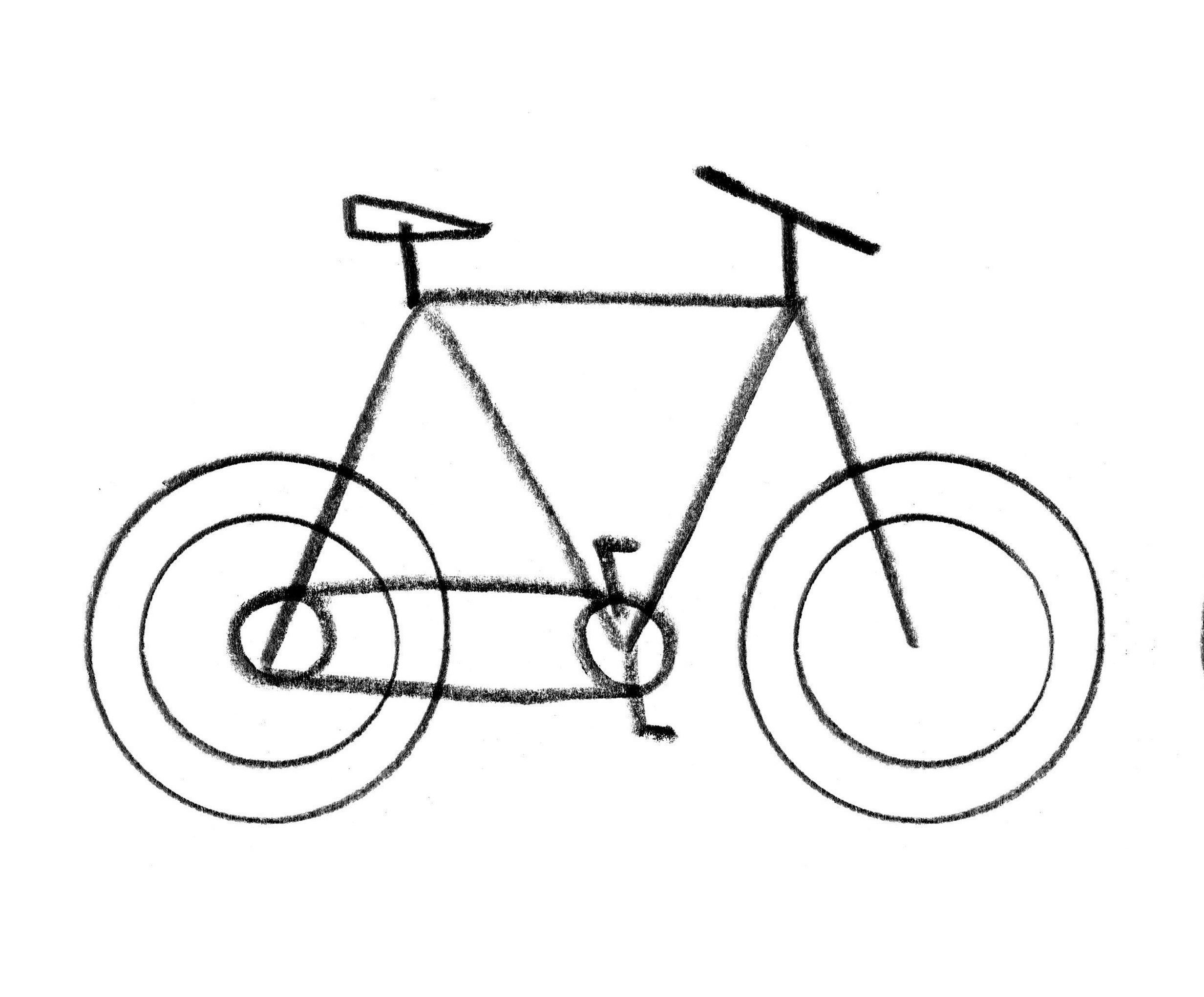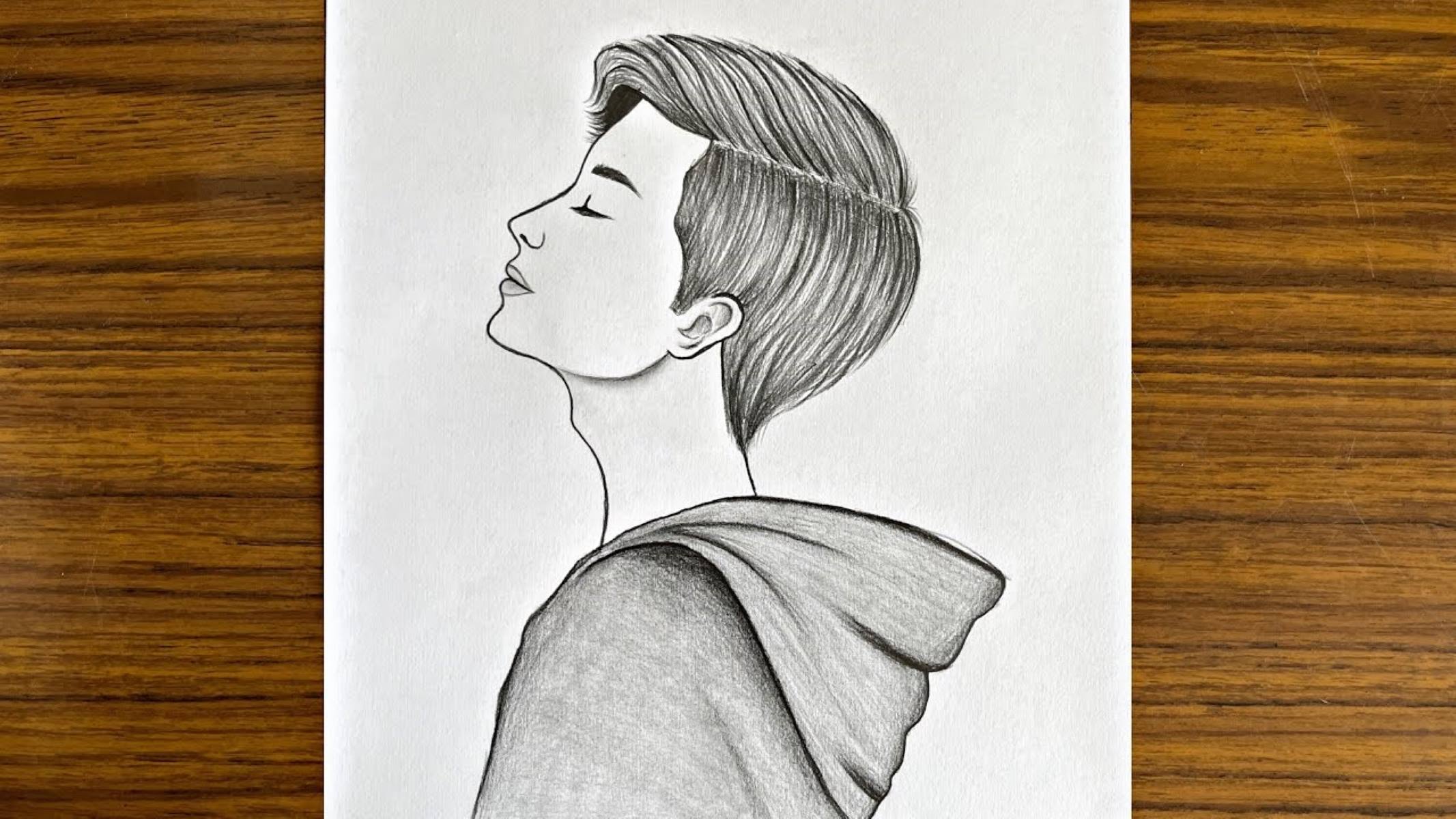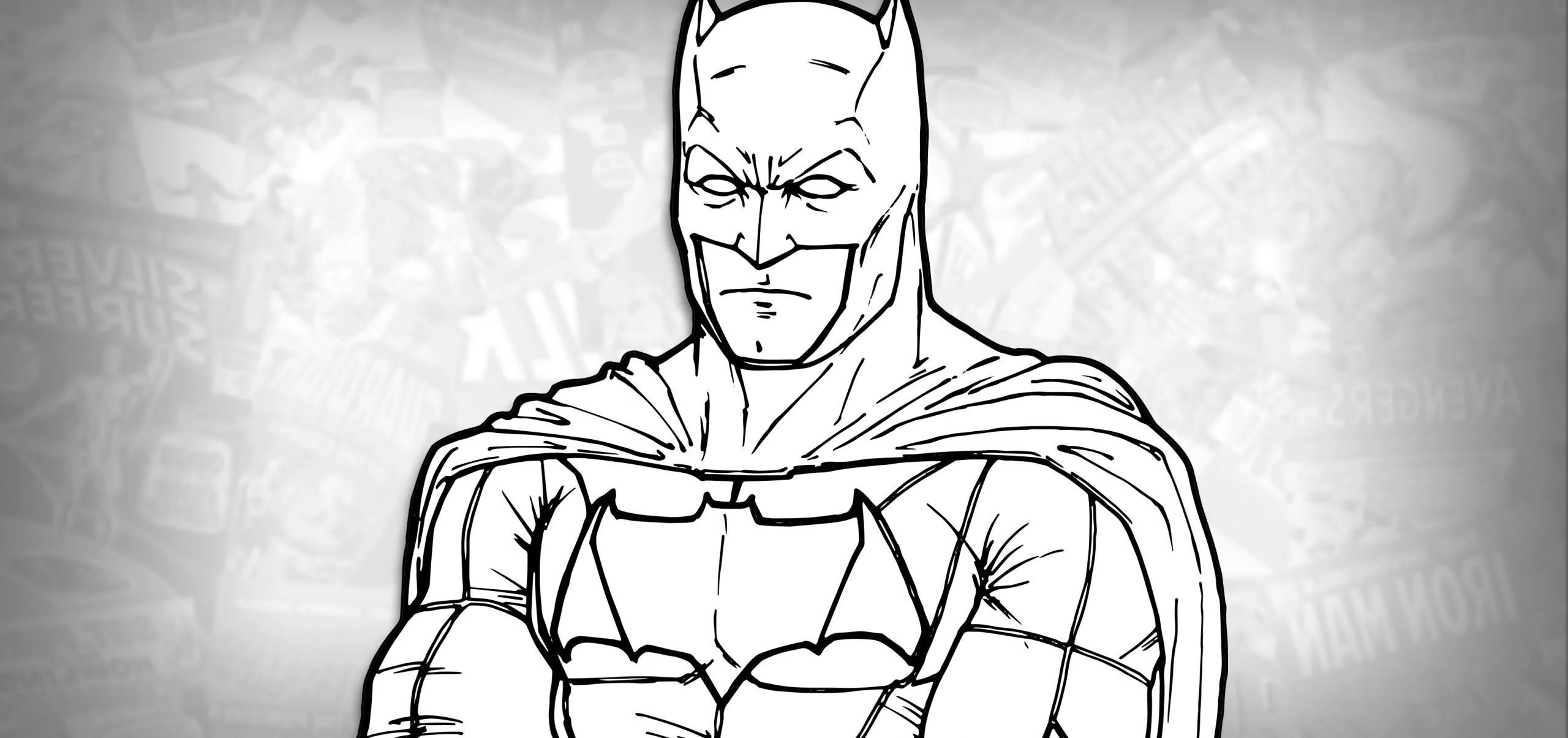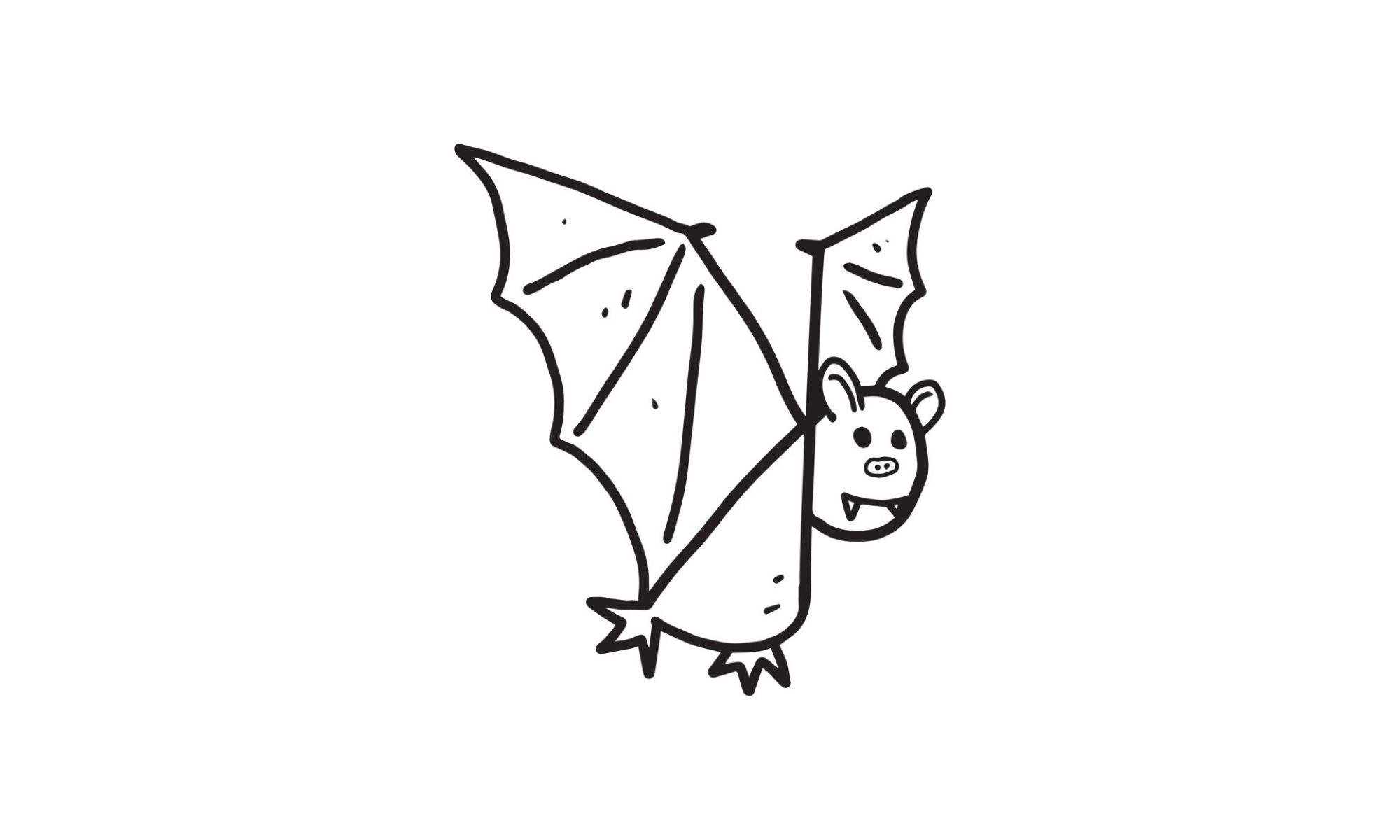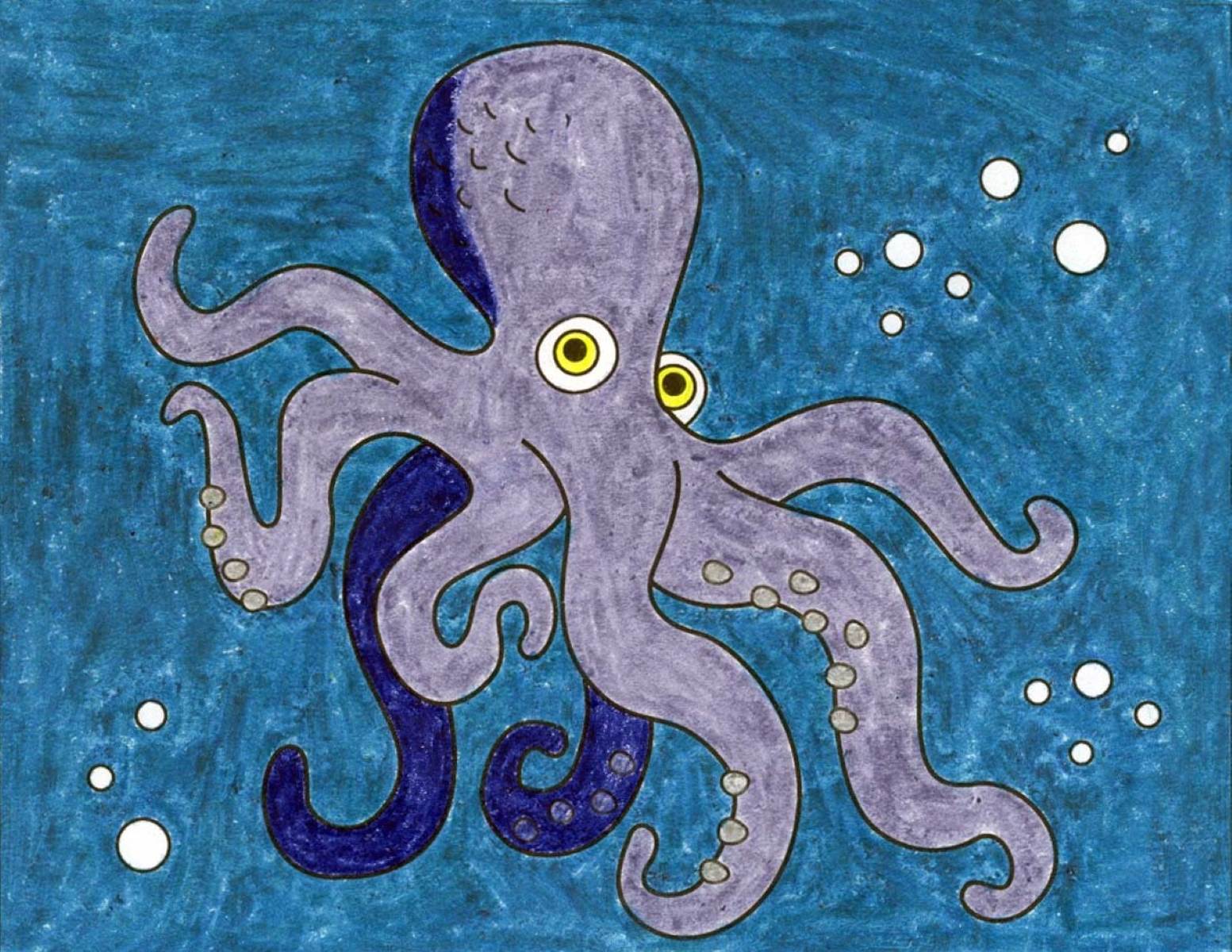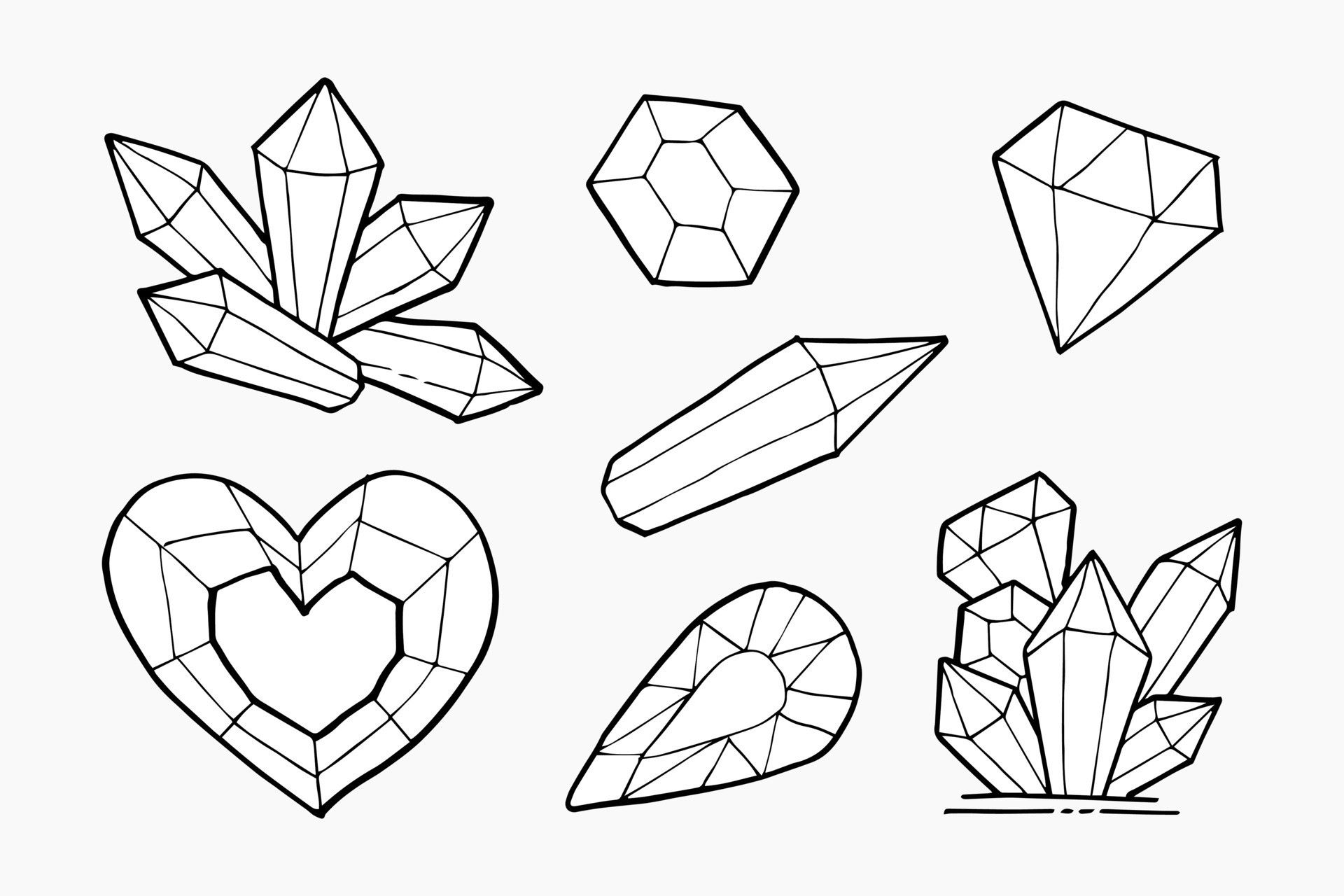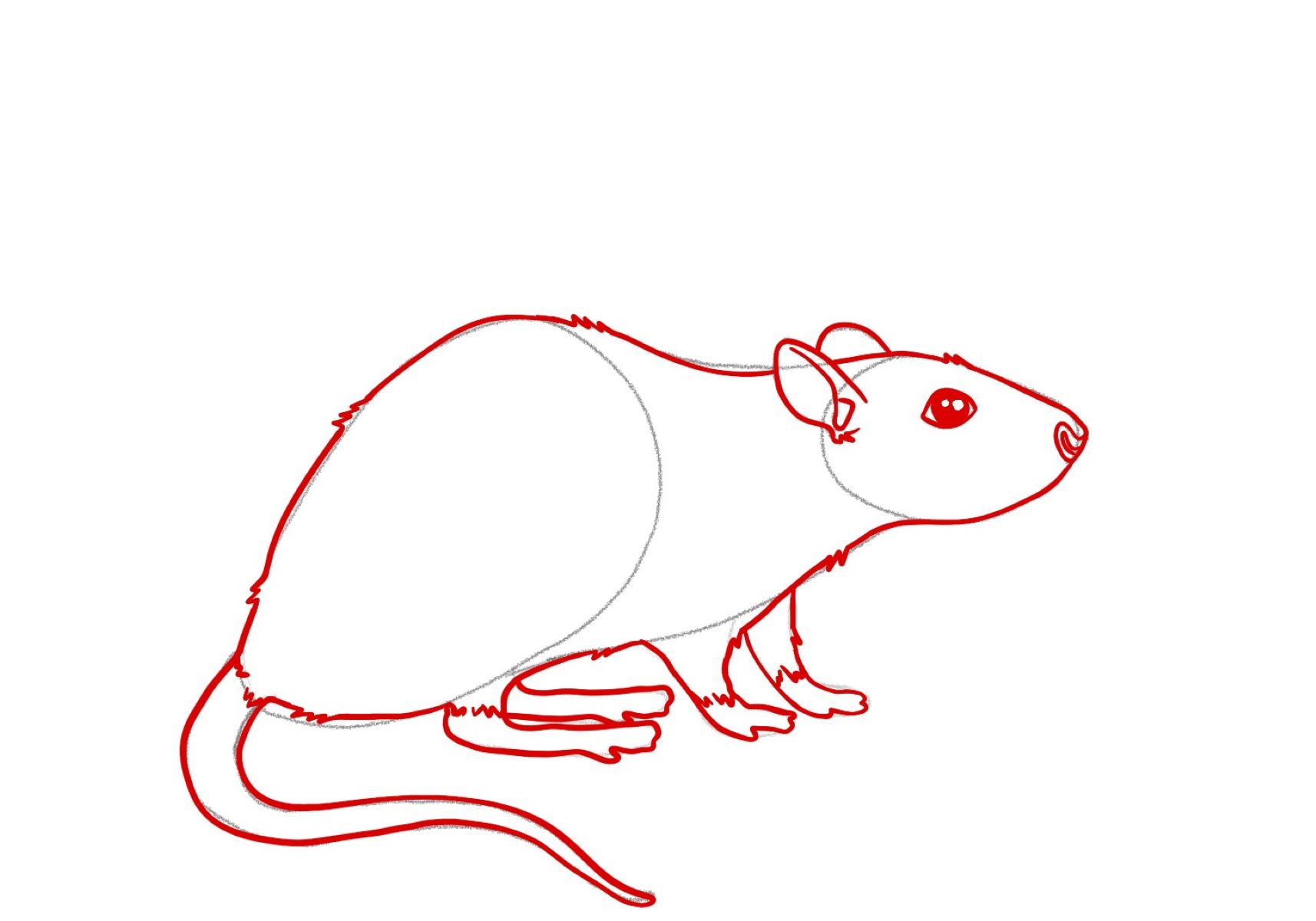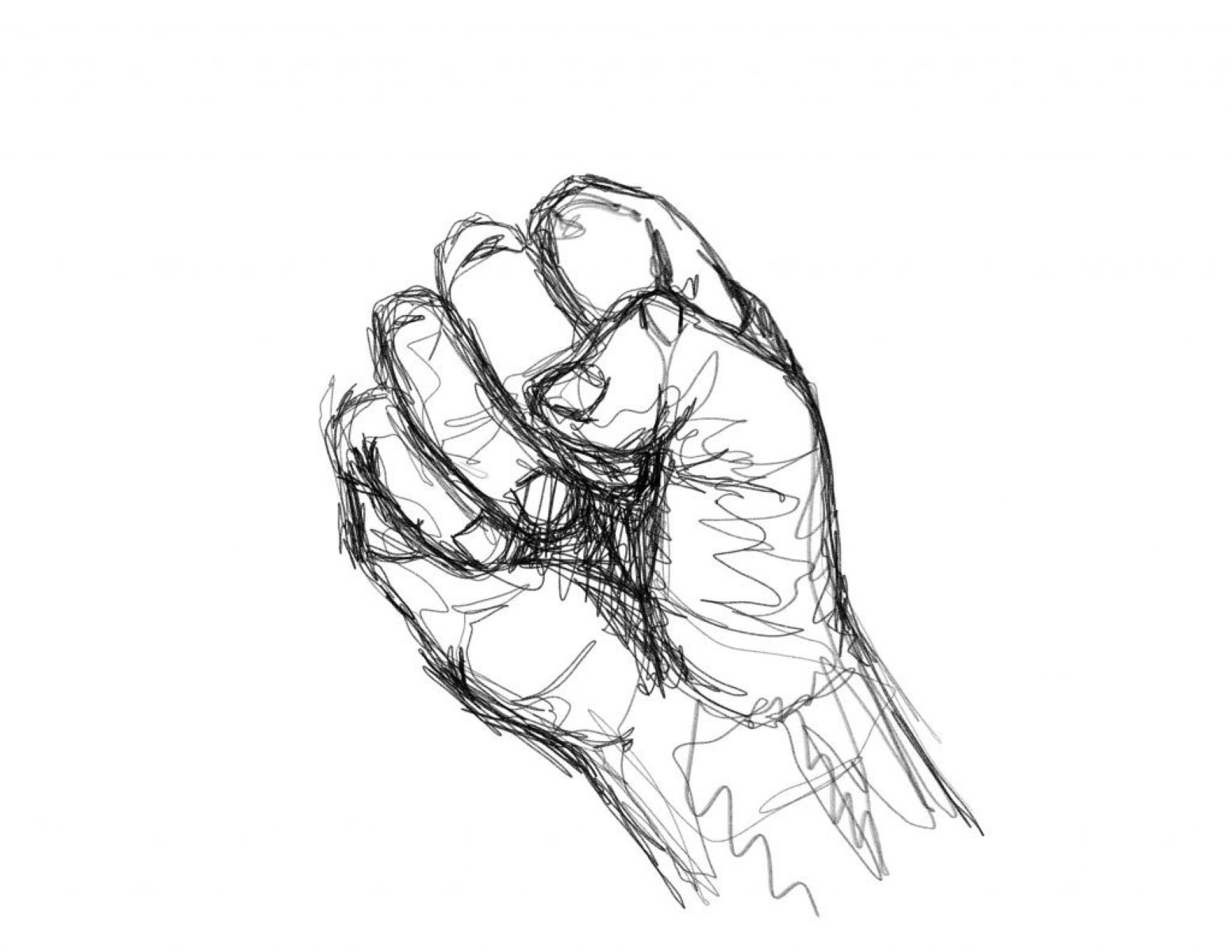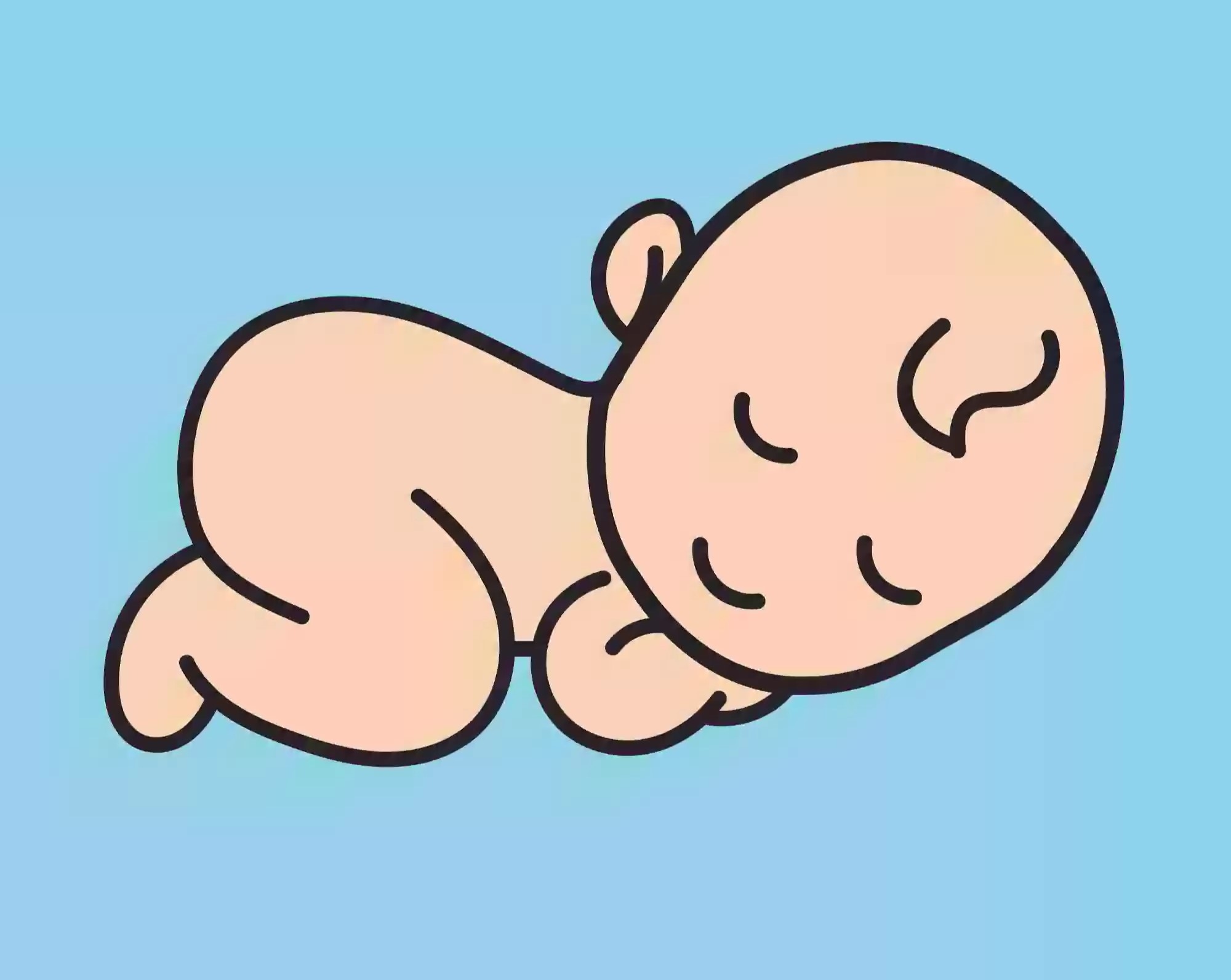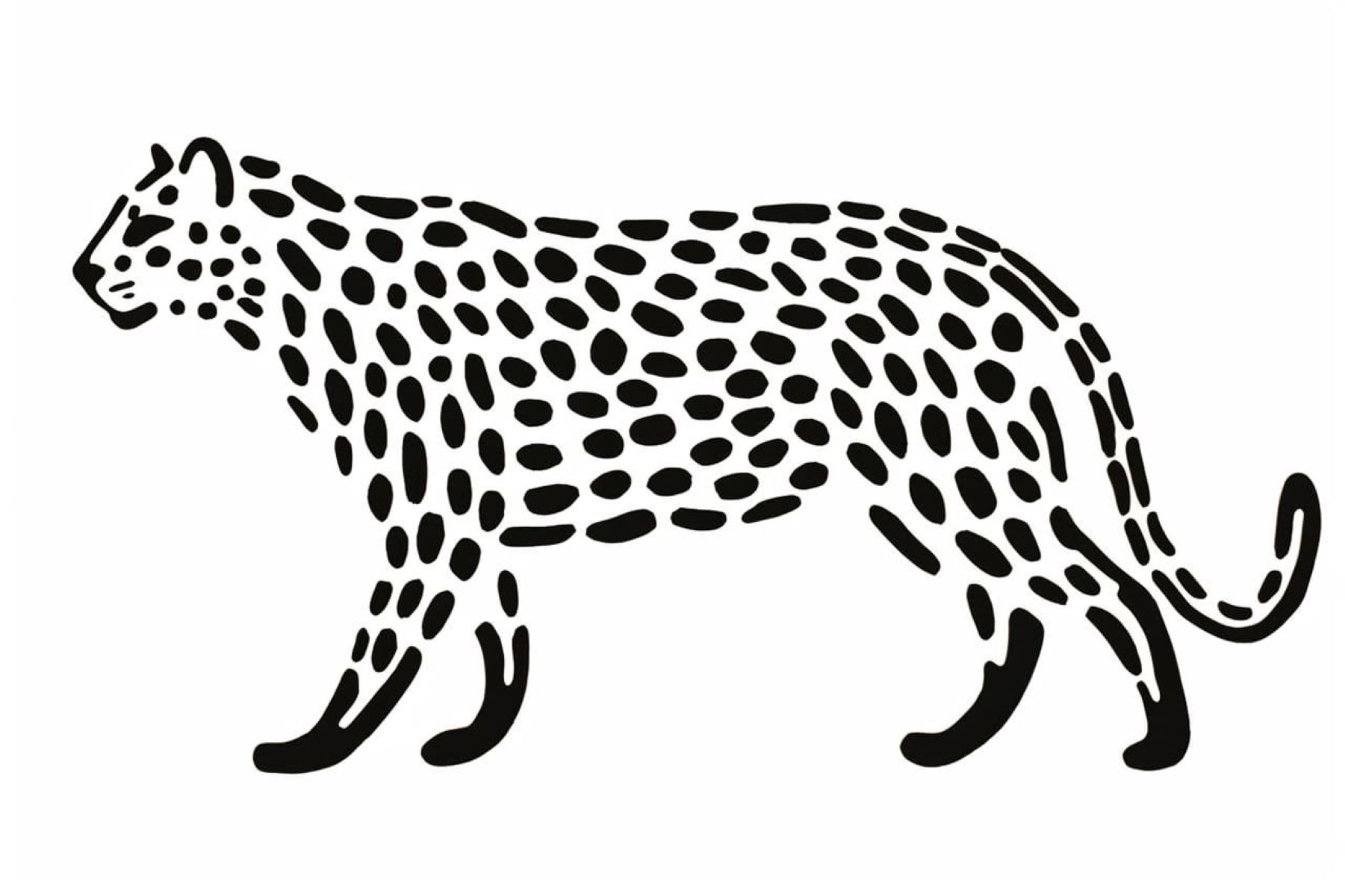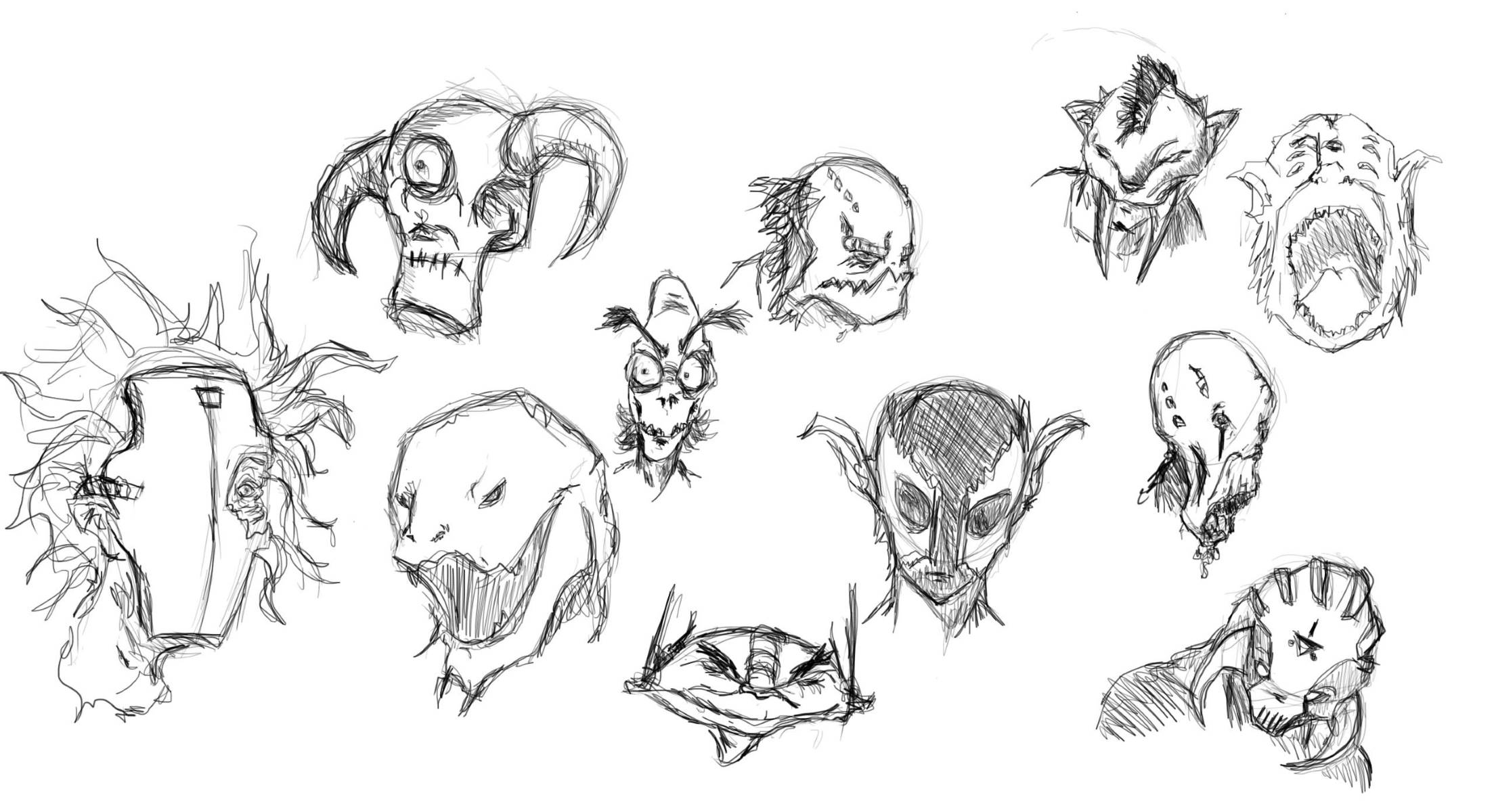Home>Arts and Culture>How To Draw A Sheep
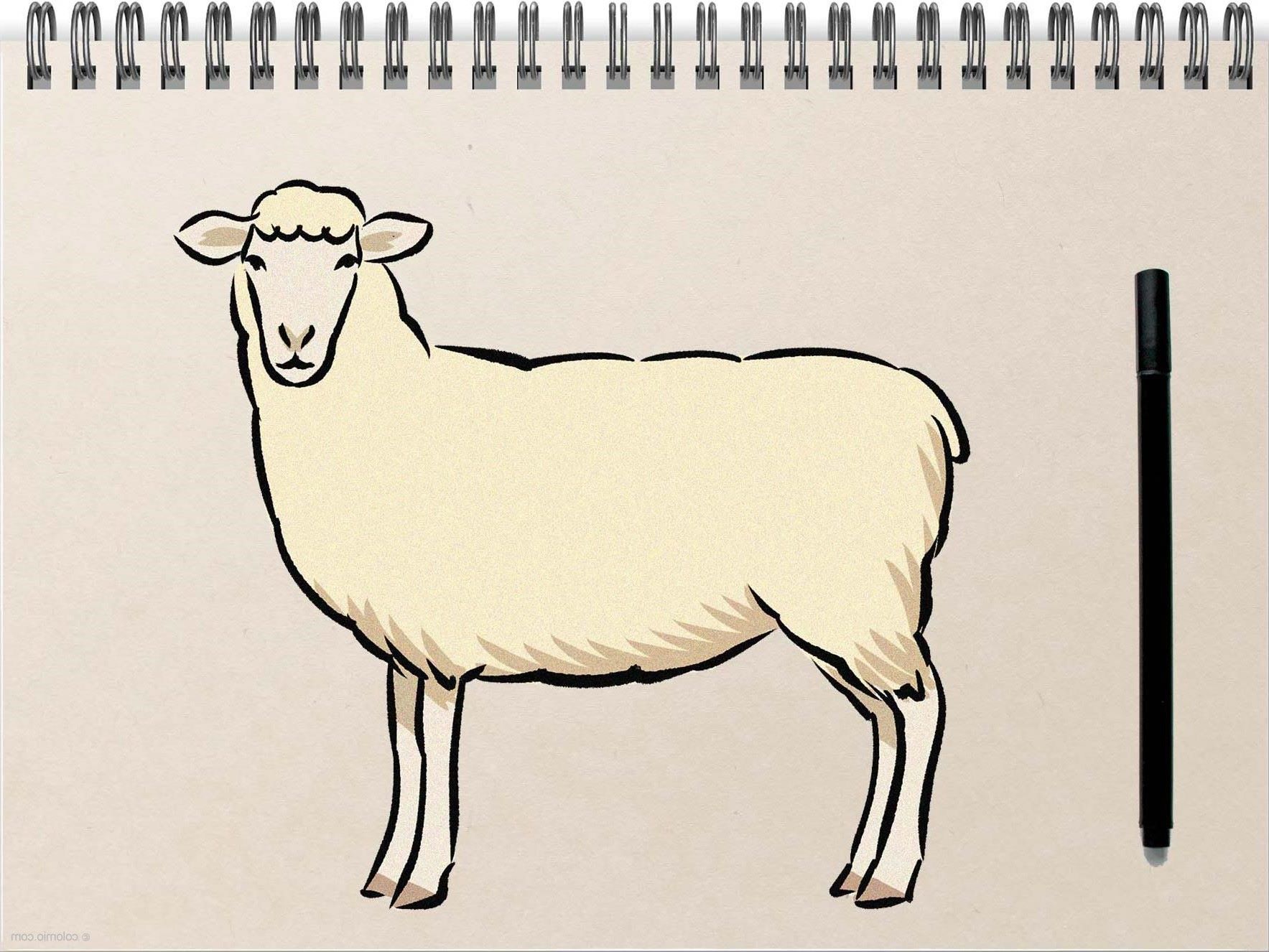

Arts and Culture
How To Draw A Sheep
Published: February 26, 2024
Learn how to draw a sheep with easy step-by-step instructions. Explore your creativity with this fun arts and culture tutorial. Start drawing today!
(Many of the links in this article redirect to a specific reviewed product. Your purchase of these products through affiliate links helps to generate commission for Regretless.com, at no extra cost. Learn more)
Table of Contents
Introduction
Drawing a sheep can be a delightful and rewarding experience, whether you are an aspiring artist or simply looking for a fun and creative activity. The gentle and endearing nature of sheep makes them a popular subject for artists of all ages. With their fluffy wool and peaceful demeanor, sheep are a charming addition to any sketch or painting.
In this step-by-step guide, we will explore the art of drawing a sheep in a simple and approachable manner. Whether you are using traditional pencil and paper or digital drawing tools, this tutorial will provide you with the fundamental techniques to bring a sheep to life on the canvas. By following these easy-to-understand instructions, you will gain the confidence to create your own adorable sheep illustrations.
So, gather your artistic materials and let's embark on a creative journey to capture the essence of these gentle creatures on paper or screen. Whether you are a novice or seasoned artist, this tutorial will equip you with the skills to draw a charming sheep with ease and enjoyment. Let's dive in and unleash our creativity as we embark on this artistic adventure together.
Read more: How To Draw A Dress
Materials Needed
Before we begin our artistic endeavor to draw a delightful sheep, it's essential to gather the necessary materials. Whether you prefer traditional sketching with pencil and paper or digital drawing on a tablet, having the right tools at hand will ensure a smooth and enjoyable drawing experience. Here are the materials you will need to bring your sheep illustration to life:
-
Drawing Paper or Sketchbook: A good quality drawing paper or sketchbook provides a sturdy and smooth surface for your artwork. The paper should be thick enough to withstand erasing and shading without tearing.
-
Pencils: A set of drawing pencils with varying lead hardness (ranging from 2H to 6B) will allow you to create different line weights and shading effects. A mechanical pencil or traditional wooden pencils can both be used based on personal preference.
-
Eraser: A soft, kneaded eraser is ideal for gently lifting graphite and creating highlights in your drawing. Additionally, a standard eraser can be used for more precise erasing.
-
Blending Stump or Tortillon: These tools are essential for blending and smudging graphite to achieve smooth shading and transitions in your artwork.
-
Reference Image: While not a physical material, having a reference image of a sheep can greatly aid in capturing the unique features and proportions of these gentle creatures. You can use a printed picture or have a digital reference on your device.
-
Drawing Tablet and Stylus (Optional): For digital artists, a drawing tablet and stylus provide a versatile and convenient platform for creating artwork. There are various drawing software options available for digital drawing and illustration.
-
Drawing Software (Digital Artists): If you are drawing digitally, having access to drawing software such as Adobe Photoshop, Procreate, or Clip Studio Paint will enable you to utilize a wide range of digital drawing tools and effects.
By ensuring that you have these materials at your disposal, you will be well-equipped to embark on the journey of drawing a charming sheep with confidence and creativity. With the right tools in hand, you are ready to delve into the step-by-step process of bringing your sheep illustration to life. Let's move forward and explore the first step in capturing the essence of these endearing creatures on paper or screen.
Step 1: Draw the Body
To begin drawing a sheep, we will focus on sketching the body, laying the foundation for the rest of the illustration. Start by lightly sketching a simple oval or egg-like shape to represent the main body of the sheep. This initial shape will serve as a guide for the overall size and proportion of the sheep's body. Keep the lines light and easily erasable, as they will be refined and adjusted as we progress through the drawing process.
Next, add a smaller oval shape towards the bottom of the larger oval to represent the sheep's abdomen. This will give the body a more three-dimensional appearance and create a sense of volume. Ensure that the smaller oval is aligned with the larger one to maintain proper proportions.
Once the basic body shape is in place, it's time to define the contours of the sheep's body. Use gentle, curved lines to outline the sides of the body, creating a soft and rounded silhouette. Pay attention to the curvature of the lines, as sheep have a gentle and rounded appearance, especially around the abdomen and chest area.
After outlining the body, refine the shape by adding a slight curve at the bottom to indicate the sheep's belly. This subtle detail adds a touch of realism to the illustration and enhances the overall form of the body.
As you progress through this step, take the opportunity to adjust the proportions and shape of the body to achieve the desired look. Remember to maintain a light touch with your pencil, allowing for easy modifications and refinements as needed.
By focusing on drawing the body with attention to form and proportion, you have set the stage for capturing the endearing essence of a sheep in your illustration. With the body sketched out, we are ready to move on to the next step and continue building our charming sheep drawing.
Step 2: Add the Head
With the body of the sheep sketched out, it's time to focus on adding the distinctive features of the sheep's head, infusing personality and charm into our illustration. The head plays a pivotal role in capturing the endearing essence of these gentle creatures, and by paying attention to the details, we can bring our sheep drawing to life.
Begin by sketching a circular shape slightly overlapping the top part of the body oval to represent the sheep's head. This circular shape serves as the foundation for the head and provides a starting point for further refinement. Keep the lines light and fluid, allowing for adjustments as you progress.
Next, within the circular shape, sketch the basic outlines of the sheep's ears. Sheep are known for their adorable, floppy ears, which add to their distinctive appearance. Use gentle, curved lines to create the shape of the ears, ensuring that they are proportionate to the size of the head. Position the ears on either side of the head, slightly angled outward for a natural and endearing look.
Once the ears are in place, focus on adding the facial features of the sheep. Start by sketching two gentle curves to represent the sheep's closed eyes. Position the eyes towards the upper part of the head, reflecting the peaceful and serene expression often associated with sheep. The closed eyes contribute to the tranquil and gentle demeanor of the sheep, adding a touch of warmth to the illustration.
After defining the eyes, proceed to sketch a small, rounded shape for the sheep's nose at the center of the head. The nose should be positioned slightly below the eyes, maintaining a harmonious balance within the facial area. This simple detail adds a sense of realism and character to the sheep's face, further enhancing the overall charm of the illustration.
As you refine the details of the head, take the time to adjust the proportions and shapes to achieve the desired look. Pay attention to the gentle and rounded nature of the sheep's features, ensuring that the overall expression reflects the endearing qualities of these beloved animals.
By adding the head with care and attention to detail, we have infused our sheep illustration with personality and charm, capturing the essence of these gentle creatures. With the head now taking shape, we are ready to progress to the next step and continue building our delightful sheep drawing.
Step 3: Draw the Legs
As we continue to bring our charming sheep illustration to life, the next focal point is the depiction of the sheep's legs, which play a crucial role in conveying the animal's posture and presence. By carefully capturing the form and positioning of the legs, we can enhance the overall visual appeal of our drawing, infusing it with a sense of grace and authenticity.
Begin by sketching the basic outlines of the sheep's legs, keeping in mind the gentle and slender nature of these limbs. Start with the front legs, using light and fluid lines to create the general shape and positioning. Sheep are known for their elegant and agile appearance, and by emphasizing the graceful curvature of the legs, we can evoke a sense of movement and poise in our illustration.
As you sketch the front legs, pay attention to the proportions and alignment, ensuring that they complement the overall body structure. Position the legs in a relaxed and natural stance, reflecting the peaceful and serene demeanor often associated with sheep. By capturing the subtle nuances of the leg positioning, we can convey a sense of tranquility and harmony within the composition.
Moving on to the hind legs, continue to use gentle and flowing lines to outline the form of the limbs. Sheep possess a distinctive posture, characterized by a gentle curvature in the hind legs, which contributes to their graceful and endearing appearance. By carefully observing the reference image and focusing on the subtle details of the leg anatomy, we can accurately portray the unique characteristics of the sheep's stance.
As you refine the shapes and contours of the legs, consider the positioning of the hooves, which are essential in grounding the sheep within its environment. Sketch the hooves with attention to detail, capturing their slender and tapered form. The hooves should convey a sense of delicacy and elegance, reflecting the inherent beauty of these gentle creatures.
Throughout this step, maintain a light and adaptable approach, allowing for adjustments and refinements as needed. By infusing the legs with a sense of grace and authenticity, we contribute to the overall charm and appeal of our sheep illustration, bringing it one step closer to capturing the endearing essence of these beloved animals.
With the legs now sketched with care and attention to detail, we are ready to progress to the next step and continue building our delightful sheep drawing.
Read more: How To Draw Characters
Step 4: Add the Face
As we delve deeper into the process of drawing a charming sheep, the addition of the face marks a pivotal stage in infusing our illustration with personality and character. The face serves as the focal point of the sheep's expression, conveying a sense of warmth and gentleness that is synonymous with these beloved animals.
To begin, focus on refining the features of the sheep's face with attention to detail and nuance. Start by gently sketching the contours of the sheep's muzzle, paying close attention to the gentle curvature and proportions. Sheep are known for their soft and endearing facial structure, characterized by a rounded muzzle that exudes a sense of warmth and approachability. By capturing the subtle contours of the muzzle, we can evoke the inherent charm of these gentle creatures.
Moving on to the sheep's eyes, emphasize the peaceful and serene expression that is emblematic of these animals. Sketch the eyes with care, using gentle curves to convey a sense of tranquility and contentment. The eyes play a crucial role in capturing the soulful essence of the sheep, reflecting their gentle and contemplative nature. Position the eyes in a harmonious alignment, ensuring that they contribute to the overall warmth and appeal of the sheep's expression.
As we refine the facial features, focus on adding the sheep's endearing smile, which further enhances the amiable and inviting nature of the illustration. Sketch a subtle, curved line to represent the sheep's closed mouth, conveying a sense of contentment and serenity. The gentle smile adds a touch of warmth and character to the face, encapsulating the endearing qualities that make sheep such beloved creatures.
Incorporate the sheep's distinctive woolly texture around the face, using light and delicate strokes to create the appearance of soft and fluffy wool. Pay attention to the contours of the wool, allowing it to frame the face in a gentle and organic manner. The wool adds a layer of charm and authenticity to the illustration, capturing the unique visual appeal of these gentle creatures.
By adding the face with meticulous attention to detail, we have imbued our sheep illustration with a sense of personality and warmth, capturing the endearing essence of these beloved animals. With the face now taking shape, we are ready to progress to the next step and continue building our delightful sheep drawing.
Step 5: Draw the Wool
Drawing the wool is a pivotal step in capturing the distinctive texture and visual allure of a sheep's fleece. The wool serves as a defining feature of these gentle creatures, evoking a sense of softness and warmth that is synonymous with their endearing nature. By focusing on the intricate details of the wool, we can infuse our sheep illustration with a tactile and lifelike quality, enhancing its overall visual appeal.
To begin, delicately sketch the outline of the wool surrounding the sheep's body, using light and flowing lines to create the impression of fluffy and voluminous fleece. Pay close attention to the natural contours and undulations of the wool, allowing the lines to meander in a gentle and organic manner. By capturing the inherent softness and texture of the wool, we can evoke a sense of tactile warmth and comfort within the illustration.
As you progress, emphasize the three-dimensional aspect of the wool by incorporating subtle shading and hatching techniques. Use varying pencil pressures to create depth and dimension within the wool, accentuating the play of light and shadow across its surface. By skillfully blending and layering graphite, you can achieve a nuanced portrayal of the wool's soft and billowy appearance, adding a touch of realism to the illustration.
Furthermore, consider the interplay of light and shadow as it interacts with the wool, highlighting its inherent softness and volume. By strategically enhancing certain areas with gentle shading and leaving others untouched to convey highlights, you can create a sense of depth and texture within the wool. This attention to light and shadow adds a dynamic quality to the illustration, further accentuating the tactile allure of the sheep's fleece.
Incorporate subtle details such as wisps and tufts of wool protruding from the main body, adding a sense of spontaneity and natural movement to the illustration. These delicate accents contribute to the overall charm and authenticity of the wool, capturing the untamed and organic nature of a sheep's fleece.
By drawing the wool with precision and artistry, we have elevated our sheep illustration to evoke the tactile warmth and visual allure of these beloved animals. With the wool now intricately depicted, we are ready to progress to the next step and continue refining our delightful sheep drawing.
Step 6: Add Details
As we approach the final stage of our sheep drawing, the addition of intricate details serves as the crowning touch, elevating the illustration to a new level of depth and visual richness. By focusing on the finer nuances and embellishments, we can infuse our sheep with a sense of character and authenticity, capturing the endearing essence of these gentle creatures.
Begin by refining the contours and features of the sheep's body, paying close attention to subtle anatomical details. Emphasize the curvature of the body, adding gentle undulations to convey the natural form and grace of the sheep. Consider the placement of the legs and hooves, ensuring that they harmonize with the overall posture and stance of the animal. By refining these foundational elements, we can enhance the sense of poise and elegance within the illustration.
Moving on to the facial features, focus on adding depth and expression to the sheep's eyes. Introduce subtle shading and highlights to the eyes, infusing them with a sense of warmth and vitality. By delicately rendering the eyes, we can evoke a soulful and contemplative gaze, capturing the inherent gentleness and serenity associated with sheep. Additionally, refine the contours of the muzzle and nose, adding a touch of realism and character to the facial area.
Furthermore, consider the incorporation of environmental elements to contextualize the sheep within its surroundings. Whether it's a lush meadow, a rustic barnyard, or a serene pastoral landscape, adding a hint of the environment can enrich the narrative of the illustration. By introducing subtle background details, such as foliage, fences, or distant hills, we can create a sense of depth and atmosphere, enhancing the visual storytelling of the artwork.
Finally, pay attention to the overall texture and tonal variations within the illustration. Utilize subtle hatching and cross-hatching techniques to enhance the tactile qualities of the sheep's wool and the surrounding environment. By skillfully manipulating light and shadow, you can imbue the illustration with a sense of depth and dimension, elevating it to a captivating and immersive visual experience.
By meticulously adding details with precision and artistry, we have brought our sheep illustration to life, capturing the endearing essence of these beloved animals. With the illustration now intricately embellished, we have completed our delightful journey of drawing a charming sheep, ready to share its warmth and charm with the world.
Conclusion
In conclusion, the process of drawing a sheep has allowed us to embark on a captivating artistic journey, capturing the endearing essence of these gentle creatures with each stroke of the pencil. From the initial sketch of the body to the intricate details of the wool, we have delved into the art of infusing personality and charm into our illustration, creating a visual narrative that celebrates the inherent warmth and tranquility of sheep.
Throughout this creative endeavor, we have embraced the fundamental techniques of drawing, from shaping the body and adding the head to capturing the graceful posture and woolly texture of the sheep. Each step has presented an opportunity to refine our artistic skills, paying homage to the unique qualities that make sheep such beloved subjects in the world of art and culture.
As we added the face with meticulous attention to detail, we endeavored to convey the soulful gaze and gentle demeanor that define these endearing animals. The incorporation of intricate details further enriched the illustration, elevating it to a new level of depth and visual richness. By infusing the sheep with a sense of character and authenticity, we have created an artwork that resonates with warmth and timeless appeal.
Drawing a sheep is not merely a technical exercise; it is a celebration of the inherent beauty and tranquility found in nature. Through the art of illustration, we have paid homage to the gentle spirit of sheep, capturing their essence in a way that invites viewers to connect with the serene and pastoral world they represent.
As we conclude our artistic exploration, let us carry forward the lessons learned from drawing a sheep – the patience, attention to detail, and appreciation for the subtle nuances of nature. Whether we are seasoned artists or aspiring creators, the experience of drawing a sheep serves as a reminder of the profound connection between art and the natural world, inspiring us to continue expressing the beauty and tranquility that surrounds us.
In the end, our journey to draw a sheep has not only resulted in a charming illustration but has also enriched our artistic sensibilities, fostering a deeper appreciation for the gentle grace and timeless allure of these beloved animals. As we reflect on this creative endeavor, may we carry the spirit of the sheep with us, infusing our future artworks with the same warmth and tranquility that define these endearing creatures.
